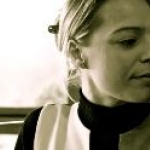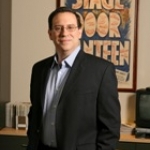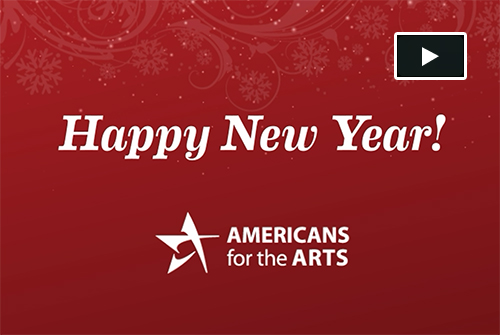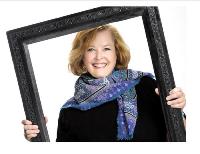
Carol Jones
People Make Places
Posted by Oct 11, 2013

Carol Jones
I live and work in a small city, the capital of a small country that has four times more sheep than people. Cardiff (www.visitcardiff.com) has a population of less than 350,000 but has a growing reputation as a vibrant city where people want to live and visit. It has, as we say in Wales, ‘hwyl’ – a complex and intangible mix of passion and sense of belonging that isn’t easy to translate but has been said to sum up Welshness in a word.
The contribution of creativity to the social and economic success of cities is a hot topic. And that’s no surprise…CREATIVITY MATTERS. It can drive economic opportunity, aid social problem solving and cohesion, generate new ways of thinking or bring together established ideas in new ways to drive things forward.
But it’s not just about economic growth – creativity can make our cities a better place to live and somewhere more exciting and stimulating to be, to work and contribute. Creative cities are also often better governed and better organized places – though perhaps it’s difficult to discern if better government produces more creativity or more creativity makes better government. (Though I know what I think.)
Either way our cities can be hotbeds of creativity - full of the buzz of arts venues, bars and restaurants and awash with architect-designed buildings. But it’s about more than that, more than being a hub for enterprise and culture even. Creative cities provide countless opportunities for everything from accidental connections to formal collaborations. And it’s those opportunities, those sparks that act as a catalyst for new thinking and innovation.
Read More

































 John Eger
John Eger
 Testimonials are all over Five Guys restaurants.
Testimonials are all over Five Guys restaurants.

 Katryn Geane
Katryn Geane










 Laura Bruney
Laura Bruney

 Tim Mikulski
Tim Mikulski

 Megan Pagado
Megan Pagado




